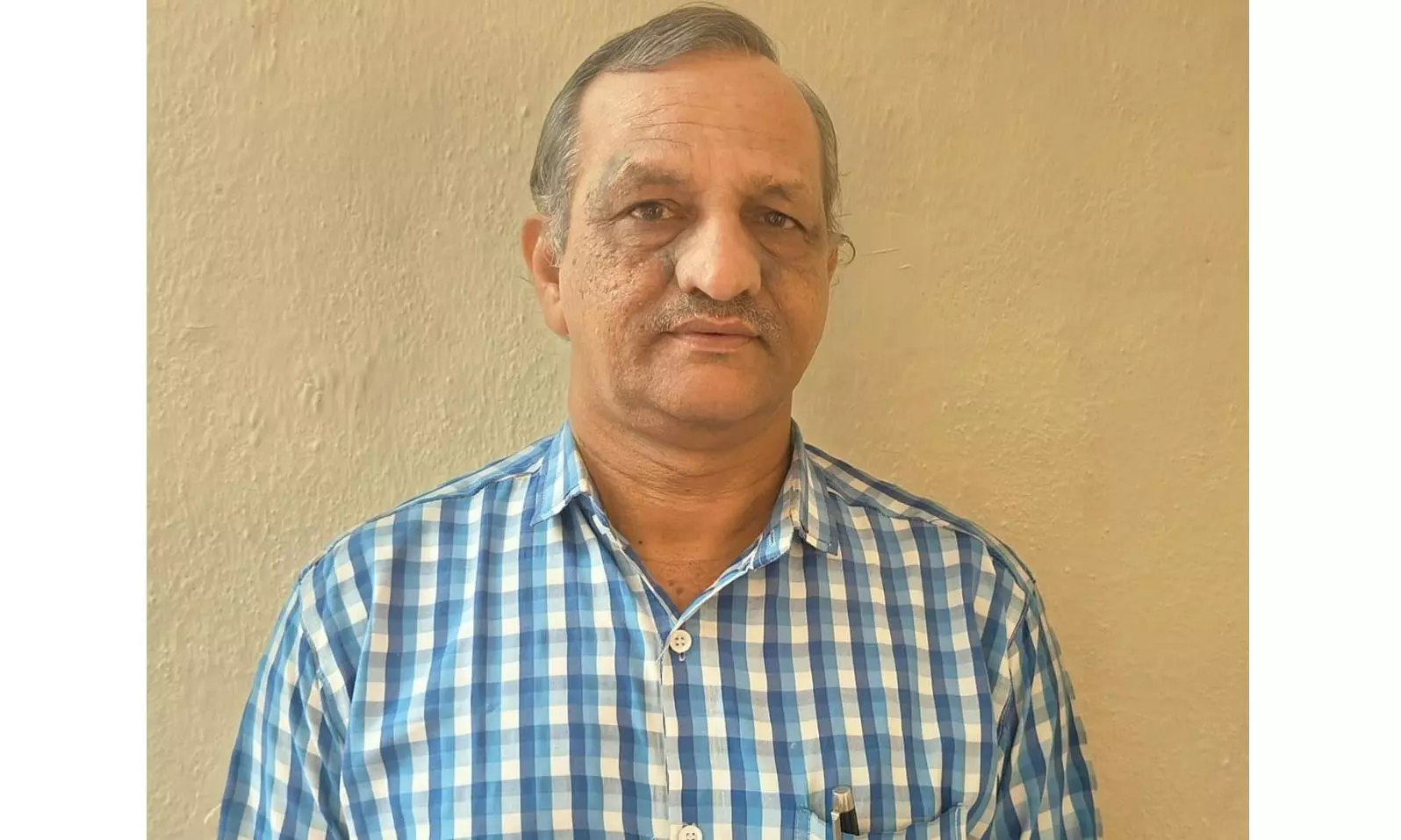Direction changed, sea erosion targets Kakinada
Biologists and environmentalists have suggested to the government to grow mangroves

Direction changed, sea erosion targets Kakinada (Representational image)
Kakinada: The Kakinada coastline is facing a major threat from erosion. Sea erosion has always been a major problem at Uppada and nearby villages, but since Cyclone Hudhud, the erosion has changed direction, moving towards Kakinada.
Though officials don’t know the actual reason, some say that the erosion might have changed direction due to construction of a geotube wall at Uppada three years ago. Officials are trying to get the opinion of ocean technology experts of IIIT-Chennai and the Center Water Power Research Station.
Geotubes are made up of sediment-filled bags. They are lined up in a trench along the coast and covered with vegetation. They help protect the coastline from the impact of waves.
“Sea erosion is changing its direction. Around 500-600 metres of the road towards Kakinada has been eroded,” said C.S.N. Murthy, superintendent engineer of roads and buildings department.
Sources say that the erosion occurs on both sides of the geotube wall. It is more than 1 km long and was built at a cost of Rs 14 crore. It was also damaged during Cyclone Hudhud.
“Erosion used to occur mostly during the Cyclone period. In recent times, the Kakinada-Uppada Road is facing sea erosion whether cyclones occur or not,” said R&B executive engineer K.V. Subba Raju.
He said temporary restoration work is being done by laying boulders across the sea erosion area on the road at a cost of Rs 2.50 crore. Officials say the geotube wall is showing good results in Upppada. But 9 mm diametre Gabion nets may be used to cover the geotube rocks.
R&B department officials have sent proposals for construction of another geo-tube wall at a cost of Rs 300 crore, after studying reports from CPWRS and by experts from IIT-Chennai.
( Source : dc )
Next Story

